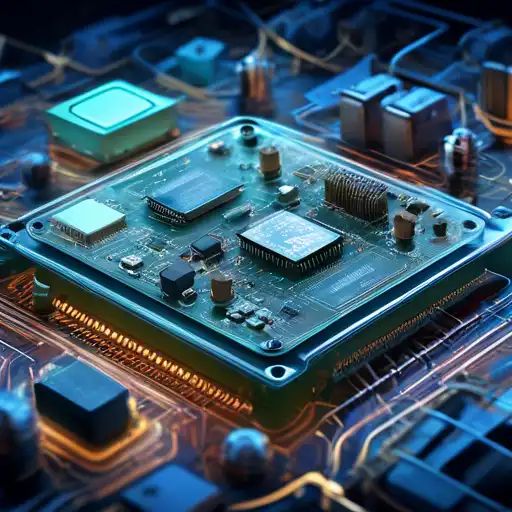The Hidden Heroes: How Embedded Systems Power Our Smart Devices
In the digital age, smart devices have become an integral part of our daily lives. From smartphones to smart refrigerators, these devices make our lives easier, more efficient, and more connected. But have you ever wondered what powers these smart devices? The answer lies in embedded systems, the unsung heroes behind the scenes.
What Are Embedded Systems?
Embedded systems are specialized computing systems that perform dedicated functions within larger mechanical or electrical systems. Unlike general-purpose computers, which are designed to handle a wide range of tasks, embedded systems are optimized for specific tasks, making them more efficient and reliable.
The Role of Embedded Systems in Smart Devices
Embedded systems are the brains behind smart devices. They control everything from the user interface to the device's core functionalities. For example, in a smart thermostat, the embedded system processes temperature data, communicates with other devices, and adjusts the heating or cooling system accordingly.
Key Components of Embedded Systems
Embedded systems consist of several key components, including:
- Microcontrollers: The heart of the embedded system, responsible for executing instructions.
- Sensors: Collect data from the environment, such as temperature or motion.
- Actuators: Perform actions based on the data received, such as turning on a light.
- Communication Modules: Enable the device to connect to other devices or the internet.
Why Embedded Systems Are Essential for IoT
The Internet of Things (IoT) relies heavily on embedded systems. These systems enable devices to collect, process, and transmit data, making smart homes, wearable technology, and industrial automation possible. Without embedded systems, the IoT ecosystem would not exist.
Challenges in Embedded Systems Development
Developing embedded systems comes with its own set of challenges, including:
- Power Consumption: Many smart devices are battery-powered, requiring energy-efficient designs.
- Real-Time Processing: Some applications, like medical devices, require immediate responses.
- Security: With the rise of IoT, securing embedded systems from cyber threats is crucial.
The Future of Embedded Systems
As technology continues to evolve, embedded systems will become even more sophisticated. Advances in artificial intelligence and machine learning will enable these systems to make smarter decisions, further enhancing the capabilities of smart devices.
In conclusion, embedded systems are the backbone of modern smart devices. They enable the seamless operation of everything from household appliances to industrial machinery. As we move towards a more connected world, the importance of embedded systems will only continue to grow.
